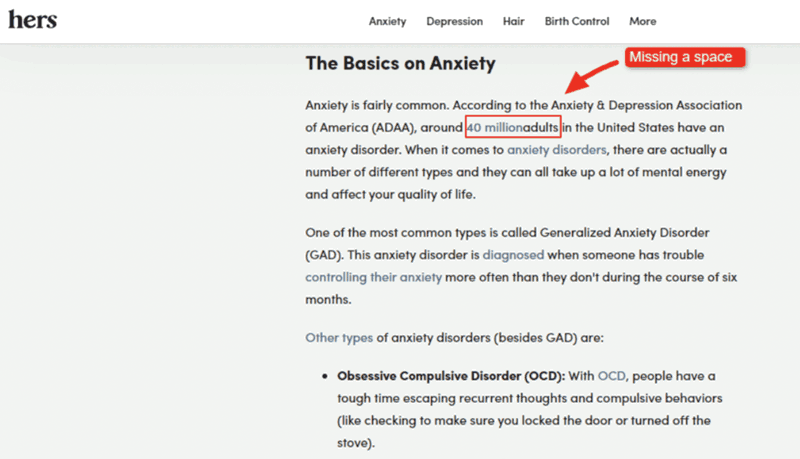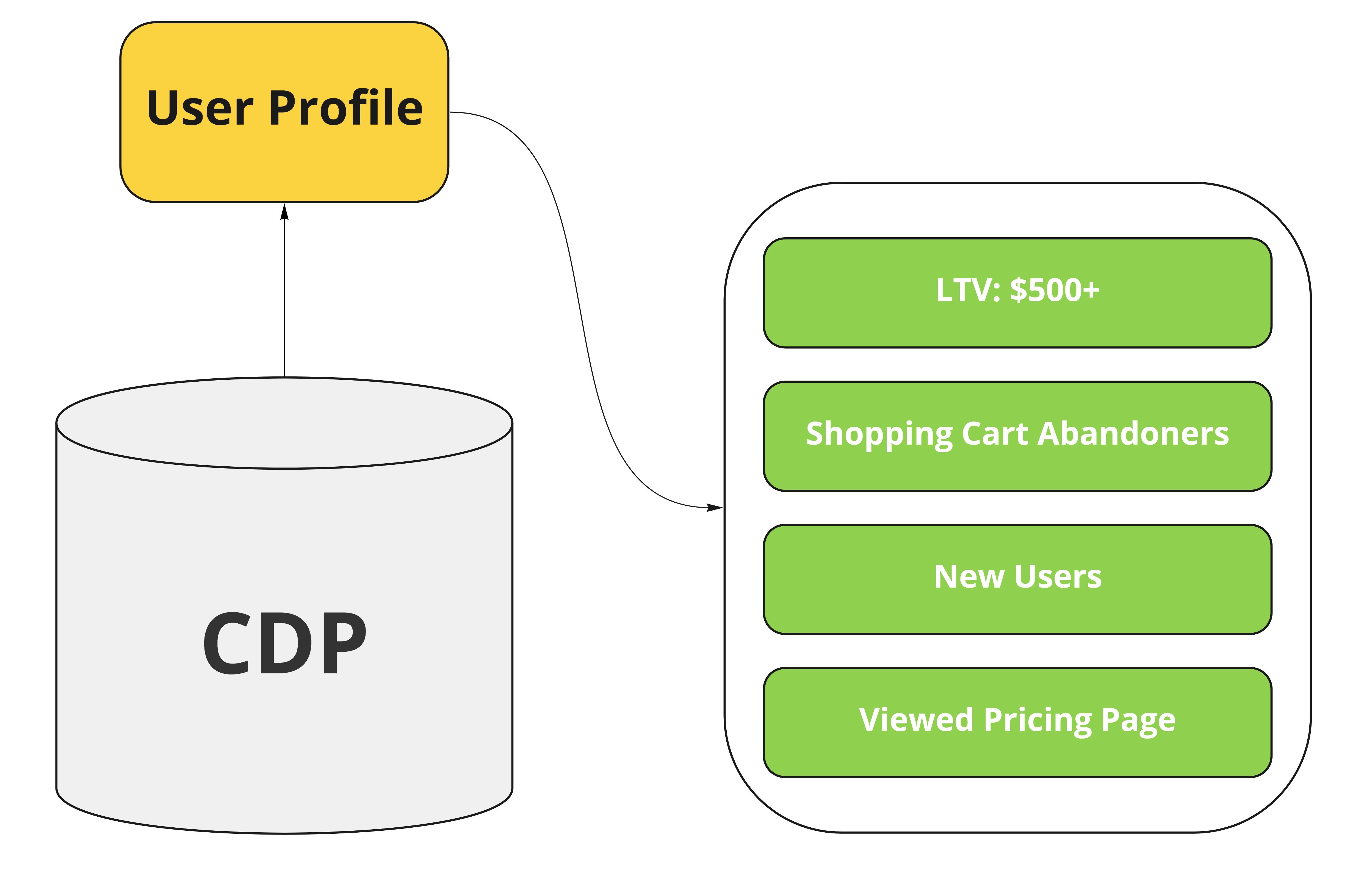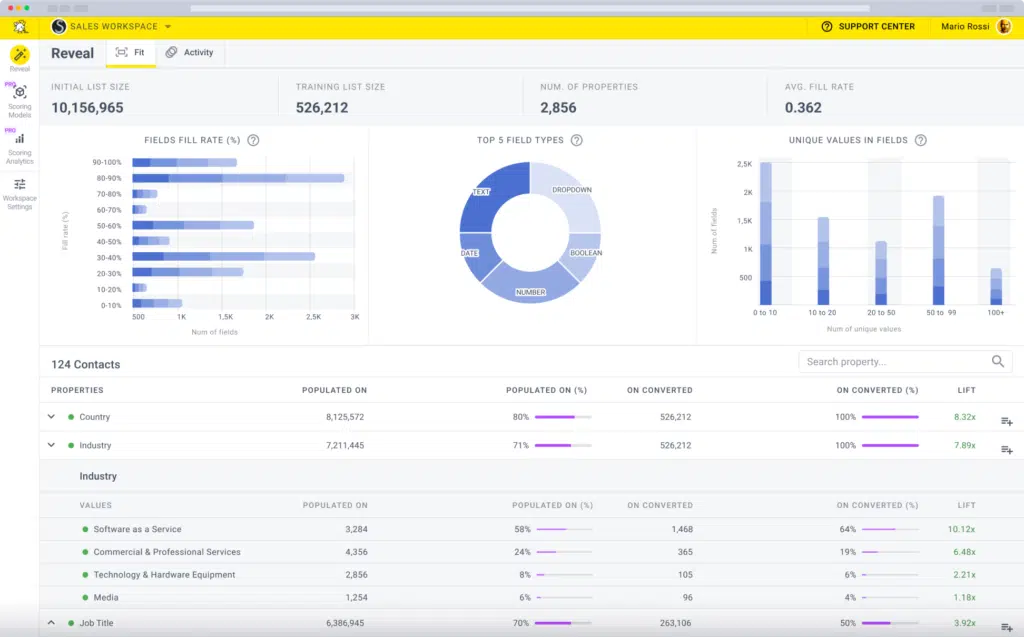As fellow content writers and marketers, we’ve seen our fair share of clunky production processes that lead to team confusion and constant stress.
From content requests piling up unnecessarily to multiple writers working on the same assignment by mistake, unorganized workflows cause chaos and can take down even the finest of teams.
But here’s the deal.
Content marketing doesn’t have to be so hard. In fact, with the right systems in place, your entire production process can function like a well-oiled machine.
With just a few simple content marketing workflows, you can create a production team that knows what to do (and how to do it well) at all times.
In today’s comprehensive guide, we’re taking a closer look at how to master the art of streamlined content marketing workflows. Let’s get to it!
Audit Your Current Content Production Process
Start by examining your current processes and systems to see what’s working well and what needs to change. Be sure to document bottleneck issues and any concerns that often get in the way of having smooth content operations.
For instance, that might include losing a piece of content, having a haphazard approval system in place, or publishing blog posts without noticing the quality was off during staging. You can also spot some of these mistakes by auditing your recent pieces.
For example, if you were to audit the following piece on if Adderall works for anxiety:
Source: ForHers.com
Then you’d notice that your staging team missed the necessary space between “40 million” and “adults” when publishing your post.
Or, if you audited the following informational guide on community college Campus Scholars:
Source: campus.edu
Then you’d notice that your staging team didn’t remove unnecessary spacing between each listicle number before publishing. Paying attention to these small-but-mighty details is crucial to positioning your production as a reliable and professional operation.
Before finalizing your audit, look over all of the stages in your content creation process and all supporting systems. When you’re done, you should have an in-depth review in hand ready to share with your marketing and operations teams.
Choose the Right Software Tools For the Job at Hand
Informed with your audit in mind, choose software tools that can help you improve your current processes as well as help you set up new, efficient workflows.
Now, as you start looking at various workflow tools, note that there are two main categories:
- General, all-purpose workflow tools (a.k.a. project management or task management tools) – think Trello, Asana, ClickUp, or monday.com
- Purpose-built workflow tools – tools designed specifically to manage certain types of workflows.
DivvyHQ would be an example of the ladder. Divvy offers unique features (that no other platform does) to help you manage communication, production workflows, and unique content metadata, such as content topics, target audiences, keywords, and more.
You can also keep track of all of your calendars, team members, work requests, files, and campaigns so nothing ever slips through the cracks. Curious to see how it works? Start a free trial!.
Other software tools you can use to manage your content production process include:
- MarketMuse or Frase for keyword research
- Slack for announcements and communication
- LastPass for password management
- Wordable for staging and publishing
We also recommend supplying your writers and editors with writing, editing, and screenshot tools, such as Google Docs, Writer, and Awesome Screenshot.
Here are some additional software tools you might consider adding to your content marketing tech stack:
Image Tools
If you regularly source stock images and graphics, consider supplying your design team with access to professional stock image and vector image tools such as JumpStory, Adobe, and Freepik.
Source: Freepik
These tools can help your designers speed up their operations when creating custom images, graphics, and digital illustrations for your pieces. Vectors can also help your designers resize their custom illustrations without sacrificing quality across any marketing channel they need to use them on.
Client Management Software
If you have a robust client list, consider adding a customer data platform (CDP) to your tech stack to aid in segmenting your target audiences.
Source: HighTouch.com
A CDP can help you organize and manage all customer information within the platform. Your marketing team can also use your CDP to create detailed buyer personas so they can tailor their content strategy efforts for better results.
Lead Scoring Software
If your content team is involved with demand generation and generating leads for your marketing organization, you might also consider adding a tool that can help your sales team perform data-driven lead scoring.
Source: Breadcrumbs.io
As a bonus, incorporating lead scoring also enables you to identify valuable insights, such as lead behavior patterns and preferences so you can create personalized and targeted content that resonates with your audience.
Pro-Tip 1: One of the key elements of a streamlined content marketing workflow is protecting the security and integrity of your content. You never want to risk losing your valuable work or exposing it to unauthorized access. That’s why it’s crucial to choose reliable software that offers features such as encryption, backup, and multi-factor authentication.
Pro-Tip 2: Take software tools out for a test spin before solidifying your tech stack. Many of the ones we referenced offer Free Forever plans or free trials so you can take them out for a test drive before investing.
Set Up Your Central Content Operations Hub
After you’ve chosen your software tools, set up a hub that your team can use any time they need to review important documents, projects, and timelines. (No info silos, please!)
Our advice? Create or use your chosen software’s “files” feature to house your content strategy, list of content types, and style guide.
We also recommend creating or using your chosen software’s “content calendars” feature to house any content projects you’re currently working on and to display who’s in charge of what.
Create a Request/Project Intake Process
Great ideas and important requests often come from all areas of your company, so it’s important that you have a solid intake process to receive and review those requests. Considering these requests often kickoff your content marketing workflows, it’s important that your intake mechanisms are well thought out, and capture all the data you need to evaluate each request.
Intake forms are the most typical mechanism used, so you should work with members of your team to determine the design of each form. What data fields do you need? Be careful not to go overboard with too many fields as it may put too much of a burden on your stakeholders who submit them. Once the form is designed and built, it can be shared with the appropriate teams and stakeholders.
Define Your Content Request Review & Approval Workflow
Once stakeholders start using your request intake form, the next step is to ensure you have a process in place for reviewing, approving, and transitioning content requests into your production phase. Questions to answer:
- Who is responsible for reviewing new requests?
- How will they be notified of new requests?
- What strategic criteria needs to be considered and met to approve a request?
- Who should be involved in evaluating each request, or certain types of requests?
- Will you deny requests? If so, why?
- If/when approved, what’s the process for transitioning the request/data into the next phase?
- How will you communicate the status of each request back to the original requestor?
The more of this you have flushed out and built directly into your content request intake system, the more streamlined this process will become. But as mentioned, when requests are approved, it’s now time to get into the next stage of content marketing workflows.
Set Up Content Creation Process Workflows
The content creation process is often a messy endeavor, especially when certain types of content require a lot of creative work, or when lots of people need to be involved (or both). Having a content marketing workflow platform that enables content managers to create task-based checklists is invaluable to communicate assignments and keep team members on task.
In most cases, different kinds of content, such as email newsletters, social media posts, or blog content, will have different workflows. Each of these workflows should be mapped out and reviewed with your team so everyone is on the same page. If you need a workflow creation template to aid this process, look no further!
Here’s an example of what an article workflow might entail:
- Supply content briefs to subject-matter expert writers
- Include a production workflow along with each brief with specific steps, such as:
- Writers: Create your outline
- Writers: Create and self-edit your first draft
- Writers: Submit your content for review
- Editors: Review submitted content and send it back to the writer with edit requests
- Writers: Perform edit requests and submit content for final review
- Editors: Review final content and send it to staging
- Stagers: Review, stage, and publish content
- Marketers: Promote content
- Include a digital checklist to ensure quality content during each of the above steps
Lastly, use your chosen content operations software to set up your workflows and checklists. If you need help, reach out to your (or hire an) operations director for support.
Other Types of Content Marketing Workflows
We’ve obviously covered quite a bit already in this post, but I do want to mention several other types of workflows that are native to the content marketing process.
Status-based Workflows
This is less of an actual workflow and more about how projects and tasks are presented and managed. As part of your workflow conversations, you’ll likely define certain stages that identify where each piece of content is in your process. This is key information so managers know the current status of projects.
For instance, when using a Kanban Board-style tool like Trello, content creators can slide each task from one stage to another to reflect its current status. For example, if a writer is currently performing keyword research, they can slide the “doing keyword research” task from the “doing” board to the “done” board when they’re finished.
Source: Trello
Content Approvals, Staging, Publishing, and Promotion Workflows
As you work through your production process, individual stages may have their own separate workflows that have to happen before the project moves forward. One such example is your approval process, which could be simple or very cumbersome. Some organizations in regulated industries, like healthcare or financial services, have to have almost every piece of content reviewed by a myriad of internal stakeholders, compliance, and/or legal professionals prior to publication.
So it’s important to know which types of content have to follow a strict approval workflow, and what that process entails.
And finally, your processes for publishing and promoting content could be equally as cumbersome. Hopefully there are opportunities to streamline as much of this work as possible via content automation and system integrations.
Again, meet with your digital, web, and social teams ahead of time to discuss the overall process plan. Then have your operations director build the automated systems you strategized using your chosen software tools.
Wrapping up
And there you go! Today we covered how to set up streamlined content marketing workflows for your content operation. Now it’s your turn to make a move! Meet with your marketing and operations teams to carve out time to plan and set up your workflows. *Note that some tools also offer tailored onboarding solutions in case you need additional support.
Then, practice your systems before officially implementing them. Once they’re finalized, don’t forget to update and improve these processes over time. For good measure, consider conducting an operations audit every six to 12 months.
That’s it, for now, content marketers. Here’s to creating amazing systems — and to your success!
For more great tips, tricks, and how-to’s, subscribe to the DivvyHQ blog today!






